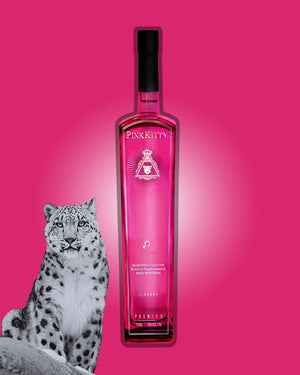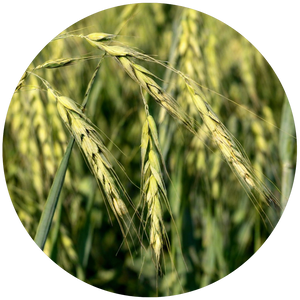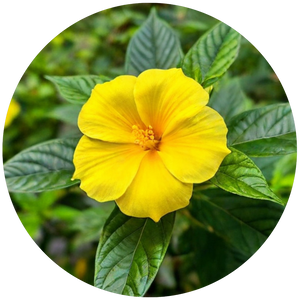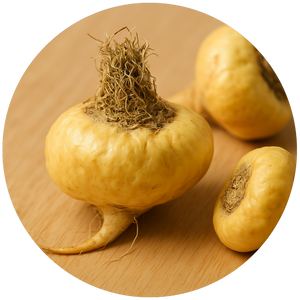
CRAFTED TO SATISFY THE QUEENS OF NATURE’S KINGDOM
PinkKitty Liqueur® is a seductive blend of Ultra-Premium Vodka and Pomegranate mingling with Peach and an exotic blend of herbs. Crafted by some of the top herbalists from around the globe, PinkKitty’s exotic design is not only intended to deliver amazing taste, but adds Intimacy to the drinking experience. PinkKitty® is also highly mixable, lending itself to a variety of tempting cocktail creations.
At 35% Alcohol by Volume, PinkKitty® is perfect by itself or ready to be mixed with your favorite mixer to get the kitty to Purr!
SOME OF THE “ANCIENT HERBS” FOUND IN PINKKITTY LIQUEUR®

AVENA SATIVA
This well-known plant was cultivated as an herb for use in steamy bathhouses, as far back as 2,000 BC in Egypt and the Arabian Peninsula. For ancient Greeks and Romans, hot herb baths were not only for personal cleanliness, but a means of relaxation and was a
way of life.

DAMIANA
Native to Mexico, this wild shrub is said to be used first by a thriving, indigenous people in the wild and untamed desert of the Baja California Peninsula. This plant, which produces small, aromatic flowers, was used as an herb in religious ceremonies by boiling the spiced leaf and stem like tea and inhaling its steam for effect.

MACA
This root is native to the central highlands of Peru and was cultivated on ancient terraces by indigenous people about 2,000 years ago. Roasted and eaten as a delicacy, this herb was also used for barter and gifts due to its high demand. The plant gives off a fragrant aroma and produces off-white flowers which bear fruit containing its seed.

PEACH & POMEGRANATE
To give our Craft Liqueur it’s decadent, crisp flavor, we turned to two of Nature’s most flavorful and succulent fruits, the Peach and the Pomegranate. PinkKitty Liqueur® not only boast its sensual herbs, but our flavor of is sure to satisfy even the sassiest of palettes Ladies!
OUR SIGNATURE PINKKITTY RECIPES

The Tigress
- 50ml Pink Kitty Liqueur
- 150ml Red Bull

The Lioness
- 50ml Pink Kitty Liqueur
- 150ml Premium Champagne

The Snow Leopard
- 50ml Pink Kitty Liqueur
- 25ml Grapefruit
- 125ml Sprite






